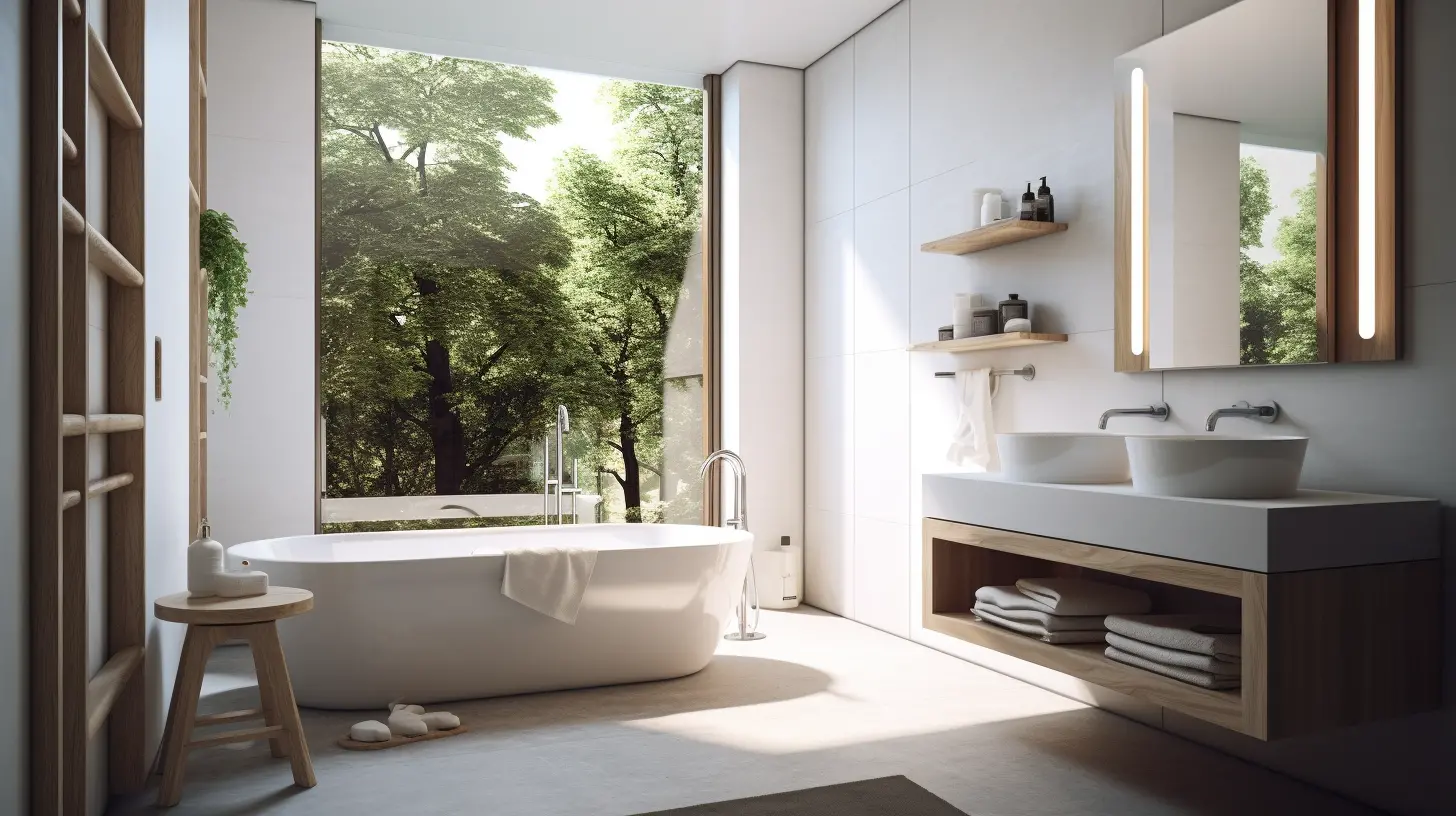In modern home life, intelligence has become an irreversible trend. As an important part of the home bathroom, high-end smart toilets are gradually favored by consumers for their unique functions and sense of technology. This article will conduct an in-depth analysis of the market prospects of high-end smart toilets, explore its position in home intelligence and consumer trends, and reveal the potential and challenges for future development.
In recent years, as consumers' requirements for quality of life have improved, the market demand for high-end smart toilets has continued to grow. According to market research data, the average annual growth rate of demand for smart bathrooms has reached more than 20%. Especially in North America and the Asia-Pacific region, the market potential of this product is even more significant.

Modern consumers pay more attention to comfort, hygiene and technology when choosing bathroom products. High-end smart toilets are products that meet these needs and integrate multiple functions. For example, functions such as warm water rinsing, warm air drying, and automatic opening and closing of the lid enhance the user experience. At the same time, with the increasing awareness of environmental protection, the water efficiency and water-saving functions of smart toilets have attracted more and more attention from consumers.
1. **The rise of smart homes**: With the popularity of smart homes, consumers are willing to invest in improving the quality of life, which has promoted the development of smart bathroom products.
2. **Health and Hygiene Concern**: People's emphasis on home hygiene makes the added value of high-end smart toilets such as the cleaning function more valued.
3. **Continuous technological innovation**: Manufacturers continue to introduce new technologies, such as self-cleaning functions, Internet of Things connections, etc., to further attract consumers.
Although the high-end smart toilet market has broad prospects, it still faces some challenges:
1. **Insufficient market awareness**: Some consumers still have limited awareness of smart toilets, and further marketing and education are needed.
2. **Price barrier**: Compared with traditional toilets, smart toilets are more expensive, which limits some consumers’ willingness to purchase.
3. **After-sales service requirements**: High-end products often require good after-sales service, and companies need to improve service quality to win market competition.

Looking to the future, the market development potential of high-end smart toilets is huge. As consumer demands continue to change and technology advances, high-end smart toilets will become more intelligent and diversified. At the same time, as market acceptance increases and brand competition intensifies, the gradual fall in prices will help more consumers choose smart toilets.
All in all, high-end smart toilets, as an important part of future home intelligence, are facing unprecedented development opportunities. Enterprises should actively deploy the market and promote technological innovation and brand building to occupy the commanding heights of this potential market.

